Introduction
You're having the same argument again. Different person, same dynamic. The conversation follows that familiar script—hurt feelings, defensiveness, withdrawal. You've read the books, tried the communication techniques, maybe even gone to therapy.
Yet here you are, trapped in patterns that feel as old as you are.
What if it turns out that a lot of relationship training might be getting you more stuck, not less? That the very approach designed to help you is like tying your hands behind your back, then asking you to untangle a knot?
There's a reason traditional relationship advice feels so frustrating. It's based on a fundamental misunderstanding of how transformation really works. And there's something far more elegant available—something that works with the intelligence already within your relationships rather than against it.
The Hidden Problem with Relationship Training
Most relationship coaching follows a predictable pattern: first, it gets you fully identified with the problem. You talk about it, analyse what's wrong, dissect your patterns, and maybe even relive your wounds. It's like taking someone who's stuck in quicksand and asking them to study the chemical composition of sand.
The identification trap is real. When you spend months or years focused on what's broken in your relationships, you literally become the problem you're trying to solve.
Your identity gets wrapped up in being someone who "has relationship issues" or "struggles with intimacy" or "attracts the wrong people."
Here's what's actually possible: your relationship system already knows how to sort things out when given permission. There's an intelligence within the dynamic itself—the same intelligence that knows how to untie tangles when you stop pulling on both ends at once.
Think about it. When you're frantically trying to untangle Christmas lights, yanking and forcing, what happens? More knots.
But when you relax, step back, and gently work with the natural way the cord wants to move, the tangles release almost by themselves.
Relationships work the same way.
Beyond Digging Up the Past
One of the biggest breakthroughs in modern trauma resolution is this: you don't need to relive difficult experiences to heal them. This is revolutionary, because so much traditional change-work is based on "making the unconscious conscious"—digging up buried wounds and processing them consciously.
But here's the problem: many of our deepest relationship patterns were formed before we had language, before we had a concept of "self," before we could even think. A baby experiencing abandonment has no mental representation of what's happening—it's pure physiological encoding.
When we try to heal these patterns by talking about them, analysing them, or re-experiencing them, we're using the wrong tool.
It's like trying to perform surgery with a screwdriver.
Instead, it turns out that there are elegant ways to update these patterns at the level they were formed—energetically, somatically, systemically. Ways that honour the wisdom your system used to survive, while giving it permission to evolve.
The Three Levels That Transform Everything
Real relationship mastery happens across three developmental levels. You can't skip stages—each builds on the previous one, like atoms to molecules to proteins to cells.
Level 1: Growing Up (Increasing Complexity)
This is about developing the mental complexity to handle contradictions and paradoxes without getting stuck.
When you're triggered in a relationship…
Can you hold multiple perspectives simultaneously?
Can you see that someone can love you AND hurt you?
Can you see you might want closeness AND space?
Most people get trapped in either/or thinking: "If they loved me, they would..." or "I have to choose between my needs and the relationship."
Growing up means developing enough cognitive sophistication to navigate the both/and reality of human relationships.
The Organismic Rights (Wilhelm Reich) form the foundation here:
The right to exist
The right to need and want
The right to assert
The right to individuate
The right to love and be loved
Notice how each builds on the previous one. It's hard to express your needs if you don't feel you have a right to exist. It's hard to individuate if you haven't claimed your right to assert yourself.
Many people are trying to create mature relationships while operating from the emotional development of a five-year-old. Parts of their system made decisions like "I'll give up my freedom for connection" or "People only love me when I'm good" and never updated those agreements.
Timeline Work: One way to grow up these parts is to imagine walking that younger aspect of yourself up to the present moment, sharing everything you've learned since then. What would you tell your five-year-old self about relationships? What permissions would you give? What fears could you ease?
Level 2: Waking Up (Objective Witnessing)
This is the capacity to step back and see patterns rather than being immersed in them. When you're caught in a familiar relationship drama, can you recognise it? Can you literally witness yourself in the pattern rather than being the pattern?
This witnessing consciousness is what allows you to go, "Oh, here I am doing that thing again where I..." instead of being completely identified with the reaction.
Shadow Awareness is crucial here. Most people have about two or three responses when others behave in ways they don't like. The goal isn't to eliminate these responses, but to build the capacity to be with anything without going unconscious.
Imagine being exposed to every possible negative human trait—all 429 of them—and developing the metacognitive capacity to simply notice, "Oh, rude. That's on the list," without going into automatic reaction. This isn't about becoming emotionless; it's about building the muscle of conscious choice in how you respond.
The Permission Principle: Instead of trying to control or change others, you start adding degrees of freedom to the system. You become curious rather than controlling, spacious rather than reactive. This creates room for natural reorganisation to occur.
Level 3: Construct Awareness (The We Space)
At this level, you realise that the individual "self" relating to another individual "self" is just one construction of reality—necessary and useful, but not absolute.
Here's where it gets really interesting: you begin to access what could be called the "we space"—a quality of connection that transcends individual personalities entirely. It's intimacy "closer than space, closer than time," where the usual boundaries of "me" and "you" become permeable.
You are your relationships. At this level, you realise that your unique network of connections is as much "you" as the individual you call yourself. When you change, the entire network ripples and reorganises automatically. You stop trying to manage relationships and instead work with the living system of connection itself.
This isn't some mystical concept—it's practical. When you tune your attention differently, different phenomena show up in consciousness. When you operate from authentic frequency rather than learned patterns, you naturally attract resonant connections and repel dissonant ones.
Energy and Attention as Practical Tools
One of the most immediately useful aspects of this work involves learning to work with energy and attention directly.
Calling Your Energy Back: Notice how much of your attention is tied up in old relationship dynamics. Unresolved tensions with family members, ex-partners, colleagues.
This energy can be reclaimed through simple but powerful techniques:
Imagine grounding cords that allow you to release energetic entanglements
Practice frequency scans to recognise your authentic resonance
Learn to decouple emotional reactions from automatic behaviours
The Frequency Scan Exercise: Right now, imagine scanning from very low frequencies to very high frequencies.
Key Point: High or low isn’t better or worse - we are just scanning the full range
Notice the qualitative differences. Most people can immediately sense this, even if they've never done it before. This isn't metaphysical speculation—it's a practical way to recognise when you're operating from your authentic self versus when you're caught in someone else's energy.
When you stay centred in your own frequency, you can be in challenging environments without being affected. Not because you're holding anything out, but because you're literally vibrating at a different rate.
The Mirror of Perception
Here's something that might surprise you: other people's opinions of you are actually one of the most valuable tools for self-understanding. Not because their judgments are true, but because what you imagine they're thinking reveals your own internal stories.
The Perception Loop: When you catch yourself wondering "What do they think of me?" ask yourself "Where have I heard that before?" Usually, that voice belongs to someone from your past—a parent, teacher, or peer whose judgment you internalised.
This isn't about caring less what others think. It's about recognising that "what they think" is really "what I think they think"—which reveals your own unconscious beliefs about yourself.
Internal Niching: Instead of comparing yourself to others globally, recognise your unique combination of qualities.
Someone might be a better public speaker than you, but how many people combine your particular mix of life experience, skills, and perspective? When you stop trying to be generally better and start recognising your specific uniqueness, comparison becomes irrelevant.
Working with Difficult People
One of the most practical applications of this work is learning to maintain your center around challenging personalities. Traditional boundary work often creates more conflict—trying to keep others out just activates their unconscious programs around resistance.
Resonance vs. Resistance: Instead of building walls, you learn to operate from a different frequency. When someone is trying to trigger you into old patterns, you can simply... not participate. Not through withdrawal or defence, but through genuine disinterest in playing that particular game.
This often has a remarkable effect: people either move on to someone who will engage with their pattern, or they spontaneously drop into a more authentic way of relating. Your presence becomes an invitation to their higher self.
The Therapeutic Double Bind: Advanced practitioners learn to create choice where people feel trapped. Instead of trying to convince someone to change, you might say something like: "You can keep doing what you're doing—that's completely your choice—and you can also notice what it's costing you." This honors their autonomy while making unconscious patterns conscious.
Memory Reconsolidation and Rapid Change
Modern neuroscience has revealed something remarkable: every time you recall a memory, it becomes malleable for a brief window. This is called memory reconsolidation, and it opens the door to surprisingly rapid transformation.
The Process: When you activate an old pattern (through remembering or being triggered), you can actually update it in real time using specific techniques:
Eye movements that engage different parts of the brain
Energetic clearing methods like Havening
Somatic practices that release stored activation
The key insight is that you don't need to process every incident. You can work with the pattern itself—the common thread that runs through multiple experiences.
The Auto-Restore Mechanism: Just like your body knows how to heal a cut without conscious direction, your nervous system knows how to restore balance and flow when given the right conditions. Most of our suffering comes from interfering with this natural healing process through resistance, analysis, and effort.
The Ultimate Vision: Free to Be Free Together
The deepest promise of relationship mastery isn't perfect harmony or constant bliss. It's something more precious: the freedom to be fully yourself in connection with others who are fully themselves.
"As you become more free and they become more free, you're more free to be free together."
This creates space for what could be called evolutionary relating—connections that serve the growth and awakening of everyone involved. Instead of relationships based on need, fantasy, or unconscious contracts, you create partnerships in consciousness itself.
Creative Engagement: At this level, relationship mastery becomes creative engagement with what is, rather than management or control of others. You relate to the moment-to-moment emergence of connection itself, trusting the intelligence that wants to express through your interactions.
This isn't a destination you arrive at once and maintain forever. It's a living practice, a way of being that deepens and refines itself through engagement with real people in real situations.
Integration: Where the Work Lives
All of this remains theoretical until it's embodied in daily life. Real transformation happens not in workshops or therapy sessions, but in the micro-moments of actual relating—the conversation with your partner over coffee, the challenging email from a colleague, the family dinner where old patterns want to activate.
The Spiral Nature of Growth: You'll revisit these concepts and capacities many times, each cycle bringing greater depth and sophistication. What felt revolutionary at one level becomes foundation for the next.
Ripple Effects: Perhaps the most beautiful aspect of this work is that it's fundamentally systemic. When you change, everyone in your relationship network is affected. You become a different person to relate to, which automatically shifts the entire field of connection.
Your transformation becomes a gift to everyone you encounter—not through preaching or teaching, but through the simple presence of someone who has learned to be free in relationship.
The Invitation
The invitation here isn't to fix your relationships or become better at relating. It's to recognize that relationships themselves can become doorways to the deepest levels of human development and awakening.
Every interaction becomes an opportunity to practice witnessing consciousness, to work with energy and projection, to embody greater degrees of freedom and authenticity.
This is relationship as living curriculum—not something you manage or master, but something that teaches you, challenges you, and ultimately transforms you into who you're becoming.
What would change in your life if every relationship became a gateway to creative evolution rather than a source of suffering?
The answer is waiting to be discovered through your own direct experience.
Anand
p.s. 9 Part Relationship Insights coming next week for paid subscribers. Join to get access to wealth of resources already available.






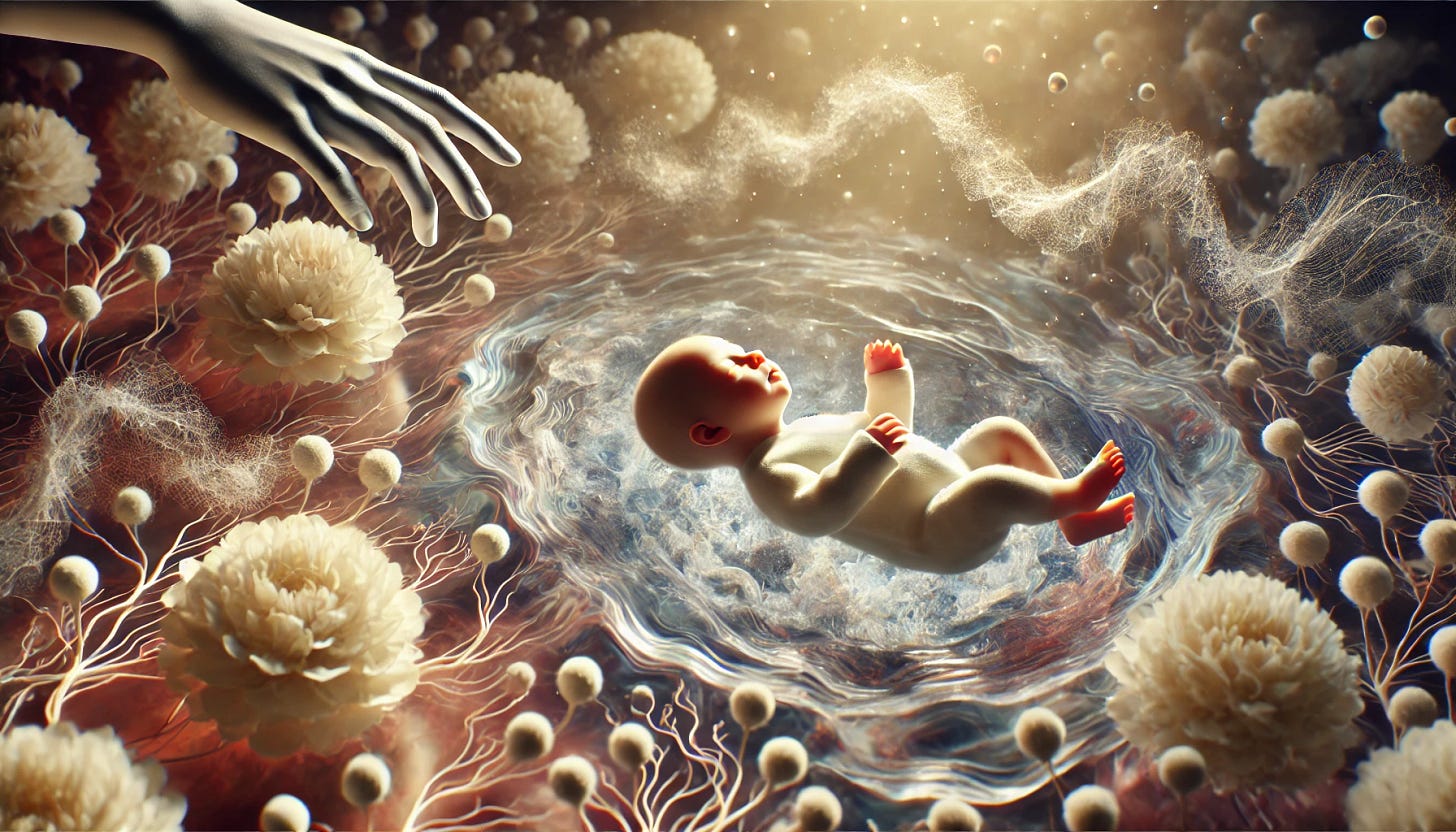

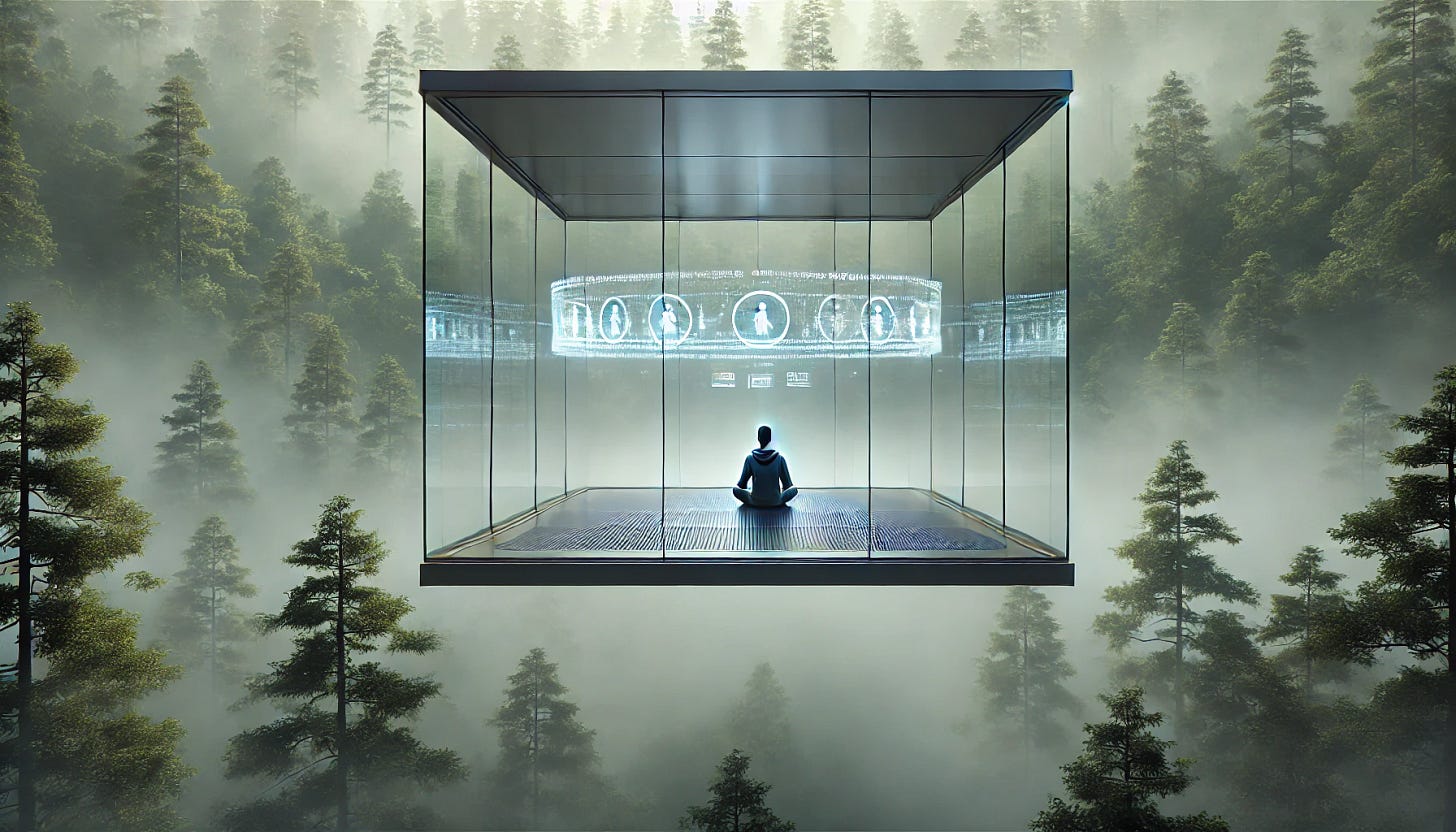
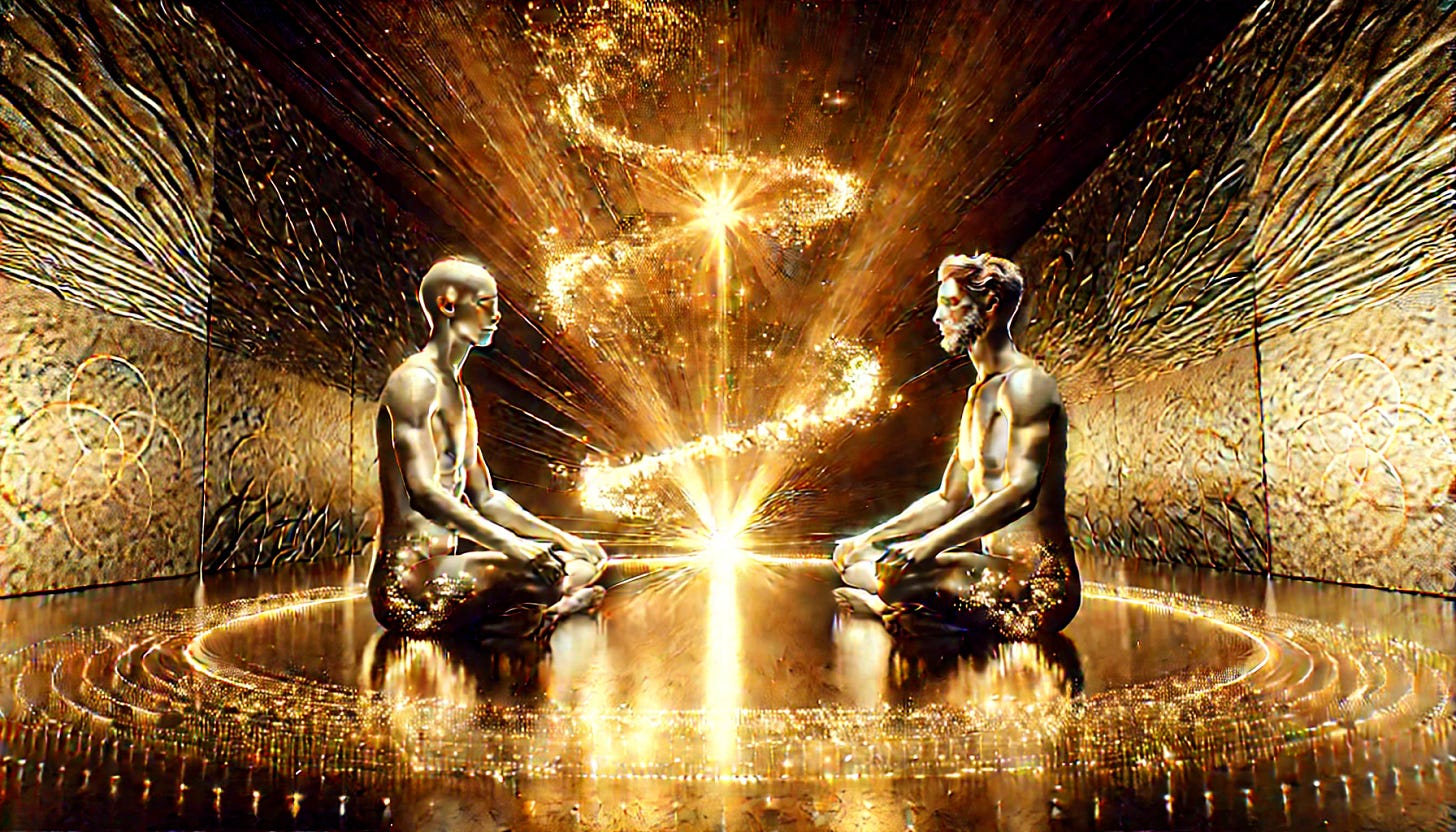
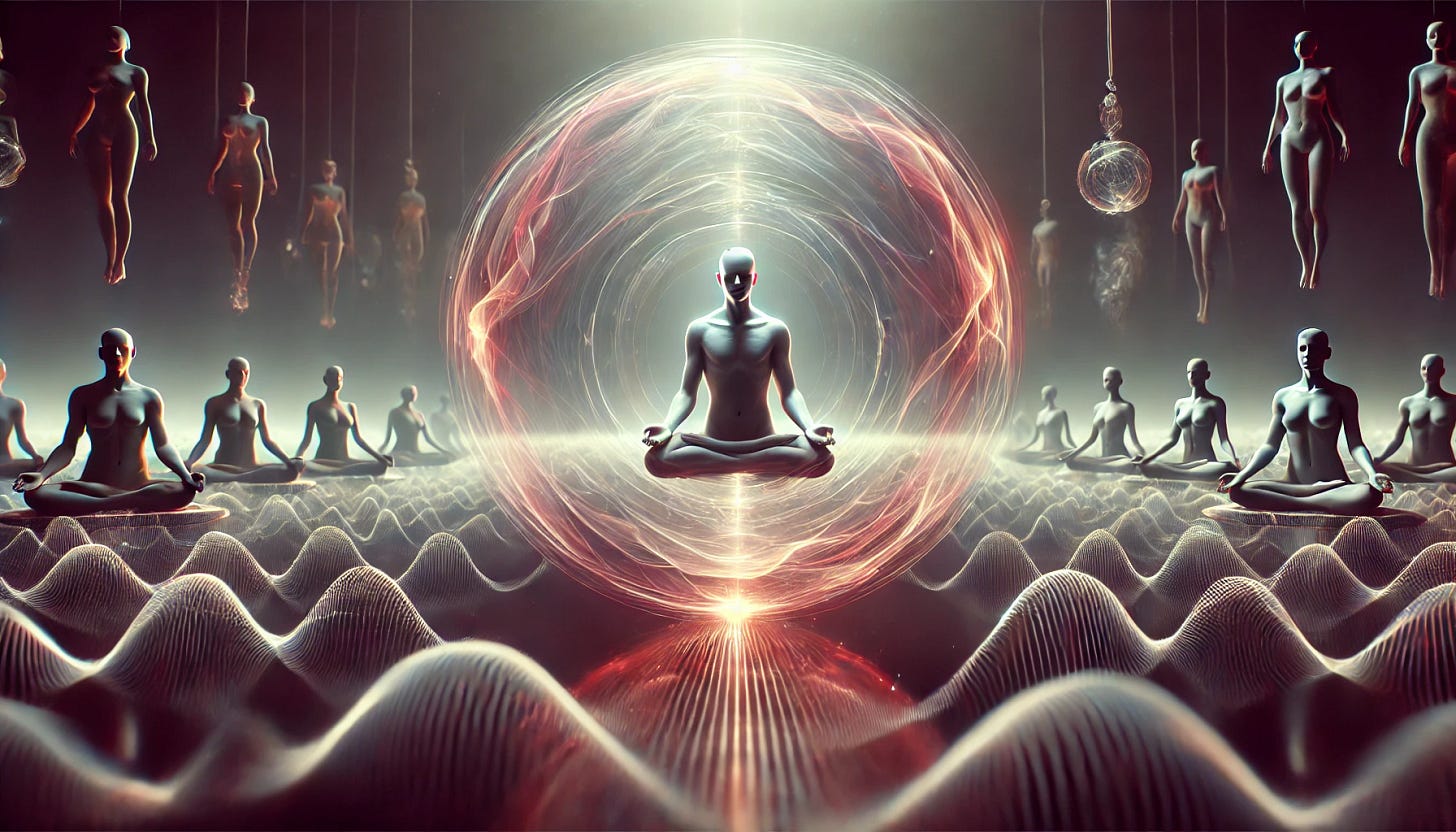



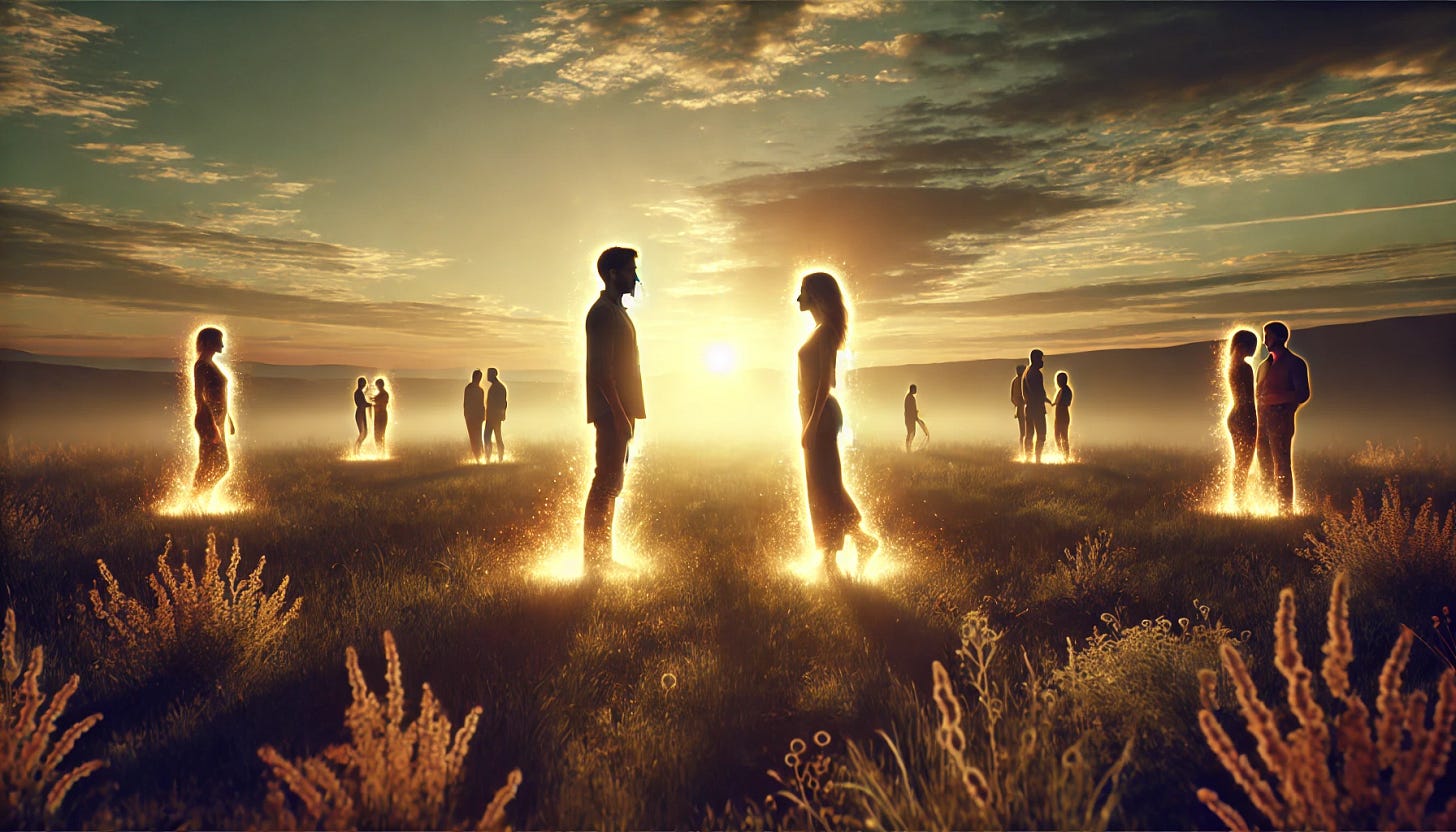
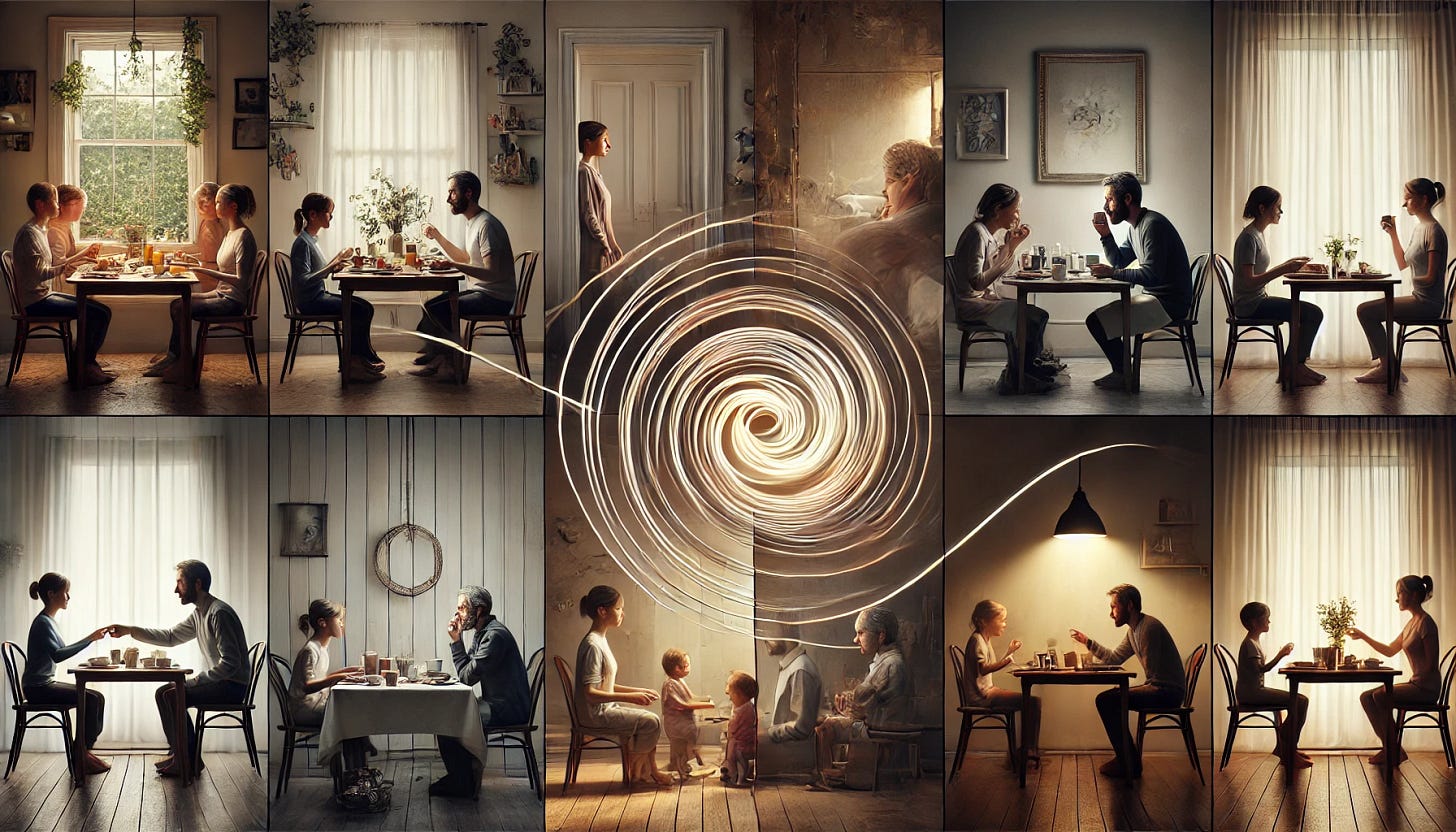

Love this Anand! The ease with which the system changes is amazing. When we can see multiple perspectives, when we aren't resisting what is, when we realize the world is our mirror and when we know our Beloved (whomever it may be) is also formed of the love that creates it all....we can choose to no longer create our own suffering.